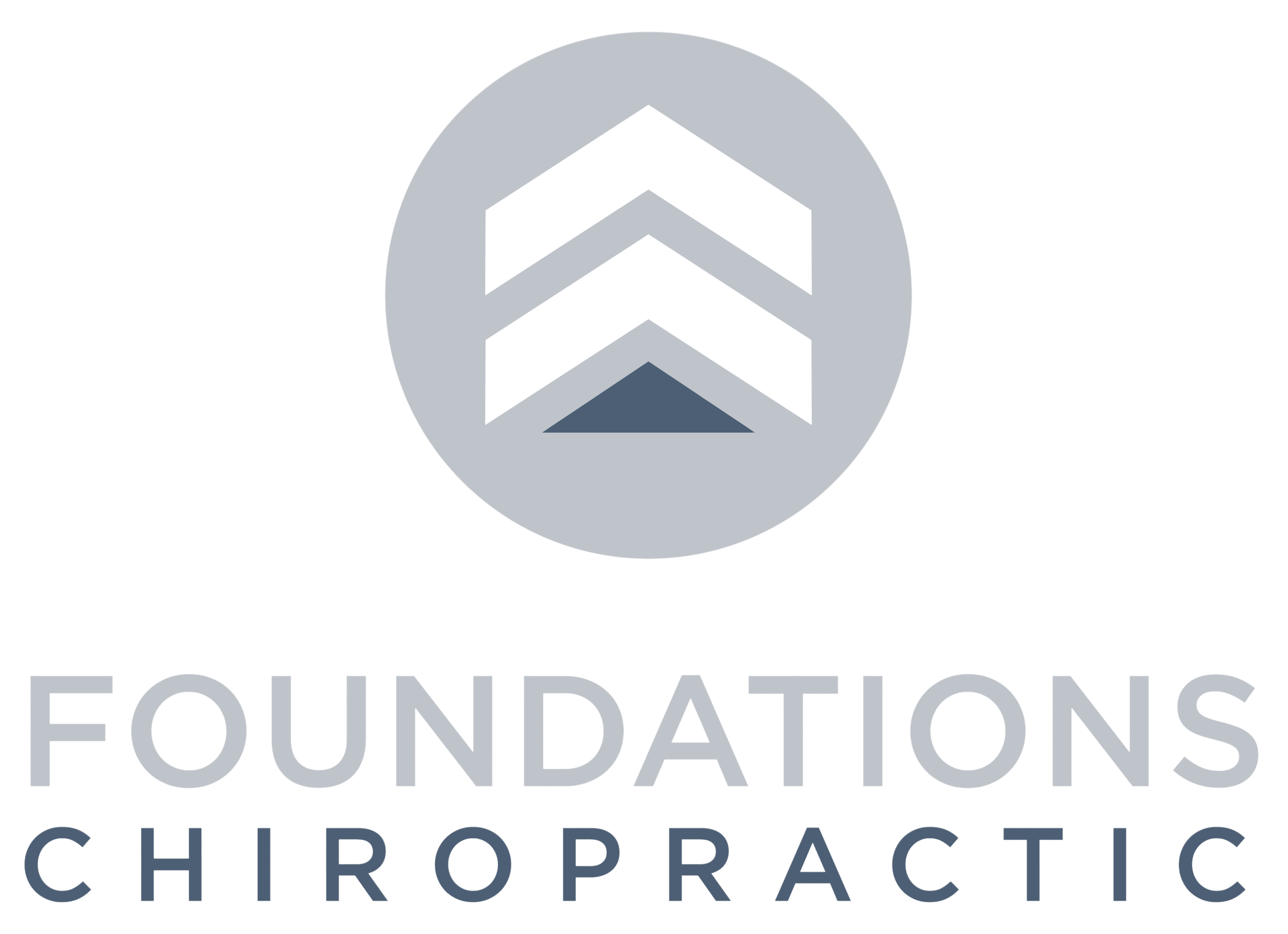For many moms, watching their child struggle with emotional outbursts, overwhelming mood swings, and difficulty managing their feelings can be heartbreaking. It’s exhausting and frustrating to wonder why even the smallest challenges trigger such big reactions or why calming down seems nearly impossible for them. These emotional struggles can affect every part of your child’s life—friendships, school performance, and even family dynamics.
If this feels familiar, please know you’re not alone. Emotional dysregulation is more common than many realize, affecting approximately 5% of children in the U.S. It’s not a discipline issue, nor is it about willpower—it’s deeply rooted in the development of your child’s nervous system. The good news? Understanding this connection can lead to real, lasting solutions that help your child feel calmer, more in control, and thrive.
Let’s explore why emotional dysregulation happens and how Neurologically-Focused Chiropractic Care is offering new hope for children and families seeking drug-free, natural ways to restore balance and well-being.
What is Emotional Dysregulation?
Emotional dysregulation occurs when a child has difficulty managing their emotional responses in an appropriate way. While all kids experience mood swings and meltdowns from time to time, children with emotional dysregulation struggle with this on a deeper, more persistent level. You might notice:
- Big, unpredictable mood swings
- Impulsive, sometimes reckless behavior
- Over-the-top reactions to small stressors
- Difficulty calming down after becoming upset
- Frequent irritability, frustration, or sadness
These challenges don’t just affect emotions—they impact social connections, academic success, and family relationships. Children who struggle with emotional regulation often feel misunderstood, isolated, or frustrated with themselves, making it even harder to cope.
Why Does Emotional Dysregulation Happen? A Look at the Nervous System
To truly help a child struggling with emotional regulation, we must look beyond surface-level behaviors and into the nervous system, where the root of the challenge lies.
The Autonomic Nervous System (ANS) plays a crucial role in regulating emotions. It has two key branches:
- The Sympathetic Nervous System (SNS) – The “fight or flight” response, which gets triggered when the brain senses stress or danger.
- The Parasympathetic Nervous System (PNS) – The “rest, regulate, and digest” system, which helps the body calm down after stress and restore balance.
When these two systems work together properly, children can experience stress, process it, and return to a calm state. But when there’s an imbalance—known as dysautonomia—the stress response gets stuck in overdrive. This leaves the child in a constant state of high alert, making emotional regulation extremely difficult.
One of the primary causes of this imbalance is subluxation, which disrupts communication within the neurospinal system and interferes with proper nervous system function. Additionally, the vagus nerve, responsible for calming and regulating emotions, can become impaired, making it even harder for children to settle and self-soothe.
While conventional medicine often attributes emotional dysregulation to “chemical imbalances” and prescribes medication, research is showing that nervous system imbalance plays a far greater role. That’s why addressing the root cause—nervous system dysregulation—rather than just masking symptoms, is the key to long-term healing.
The “Perfect Storm”: Why So Many Kids Struggle with Emotional Dysregulation
At our practice, we often refer to The Perfect Storm—a combination of stressors that impact a child’s nervous system even before birth. These factors include:
- Prenatal stress and maternal health – A mother’s stress, anxiety, or health challenges during pregnancy can impact the baby’s developing brain and nervous system.
- Birth trauma and interventions – C-sections, forceps, vacuum extractions, or prolonged labor can cause spinal misalignments that interfere with nervous system regulation.
- Early life stressors – Exposure to toxins, antibiotics, or high-stress environments can further overwhelm a child’s nervous system, keeping them in a state of chronic fight-or-flight.
Children who experience multiple layers of these stressors are more likely to develop emotional dysregulation and related challenges, including ADHD, anxiety, sensory processing difficulties, and sleep disturbances.
Why Conventional Approaches Fall Short
Many parents searching for answers are offered medications or behavioral therapies as the primary solutions. While these can provide short-term relief, they often fail to address the underlying nervous system dysfunction.
- Medications (such as stimulants or antidepressants) can temporarily dull emotional extremes but may come with side effects like sleep disturbances, loss of appetite, or worsened mood swings.
- Behavioral therapies (such as CBT or ABA) can teach coping strategies but may not be effective for children whose nervous systems remain dysregulated.
While these approaches have a place, they often focus on managing symptoms rather than resolving why the child is struggling in the first place.
A Drug-Free Approach: Neurologically-Focused Chiropractic Care
At our office, we take a different approach—one that is gentle, natural, and focused on healing from the inside out. Through Neurologically-Focused Chiropractic Care, we help restore balance to the nervous system so children can regulate their emotions more easily.
Using INSiGHT Scanning Technology, we assess nervous system function to identify areas of stress, tension, and imbalance. Our scans provide a clear picture of how subluxations and dysautonomia may be affecting your child’s ability to self-regulate.
By using precise, gentle chiropractic adjustments, we help:
✔ Reduce the overactive fight-or-flight response ✔ Strengthen the vagus nerve to improve relaxation and emotional control ✔ Restore balance between the SNS and PNS, creating a calmer, more regulated nervous system ✔ Improve sleep, focus, and emotional resilience
Many families notice incredible improvements, including fewer meltdowns, better focus, improved sleep, and a happier, more connected child.
Empowering Parents: How You Can Support Emotional Regulation at Home
Healing emotional dysregulation isn’t just about what happens in our office—it’s about creating an environment at home that supports your child’s nervous system. Here are some ways to help:
✅ Create Predictability – Kids thrive with routines and a calm, structured environment. ✅ Model Emotional Regulation – Your child watches how you manage stress. Deep breathing, mindfulness, and chiropractic care can help you set the tone. ✅ Support Sensory Needs – Weighted blankets, movement breaks, and soothing activities can help balance the nervous system. ✅ Prioritize Chiropractic Care – Keeping your child’s nervous system regulated is key to long-term emotional balance and resilience.
Your Child Deserves to Thrive
Emotional dysregulation can feel overwhelming, but there is hope. By addressing nervous system dysfunction at its core, we can help your child build the emotional resilience they need to thrive—without relying on medications or endless behavioral interventions.
If you’re ready to explore a gentle, neurologically-based approach to helping your child feel calm, connected, and in control, we’d love to support you. Contact us today to schedule a consultation and take the first step toward lasting emotional wellness!

